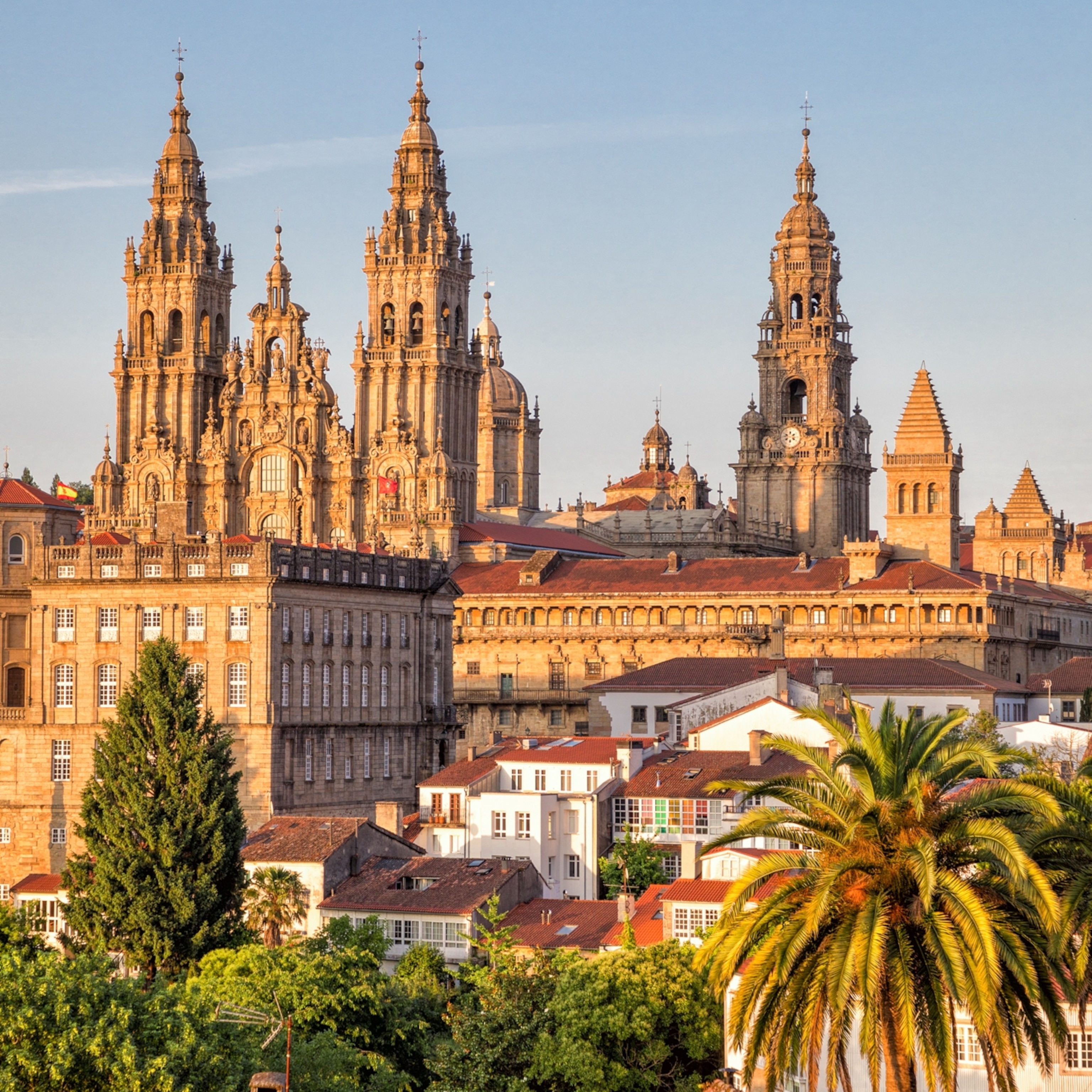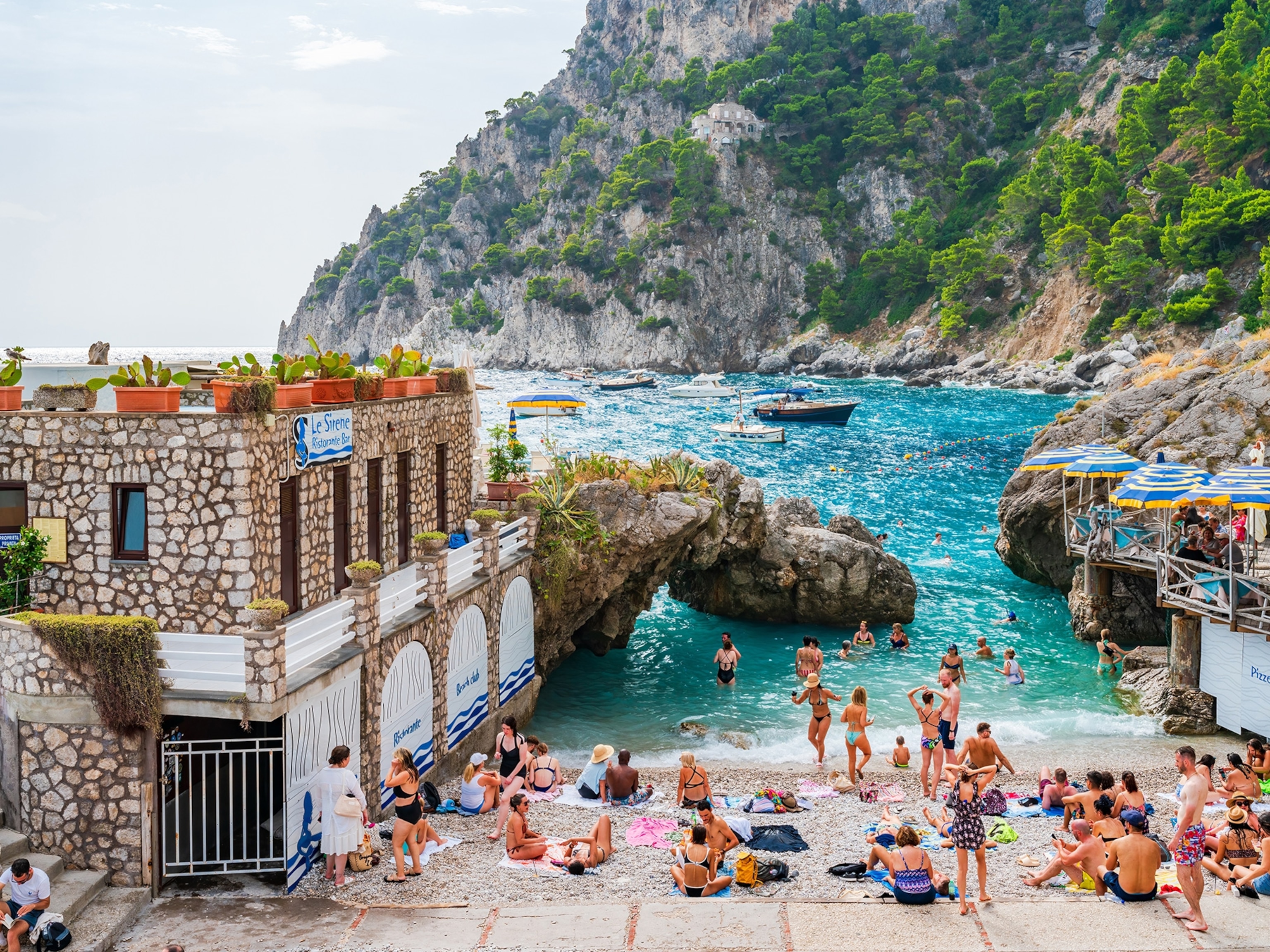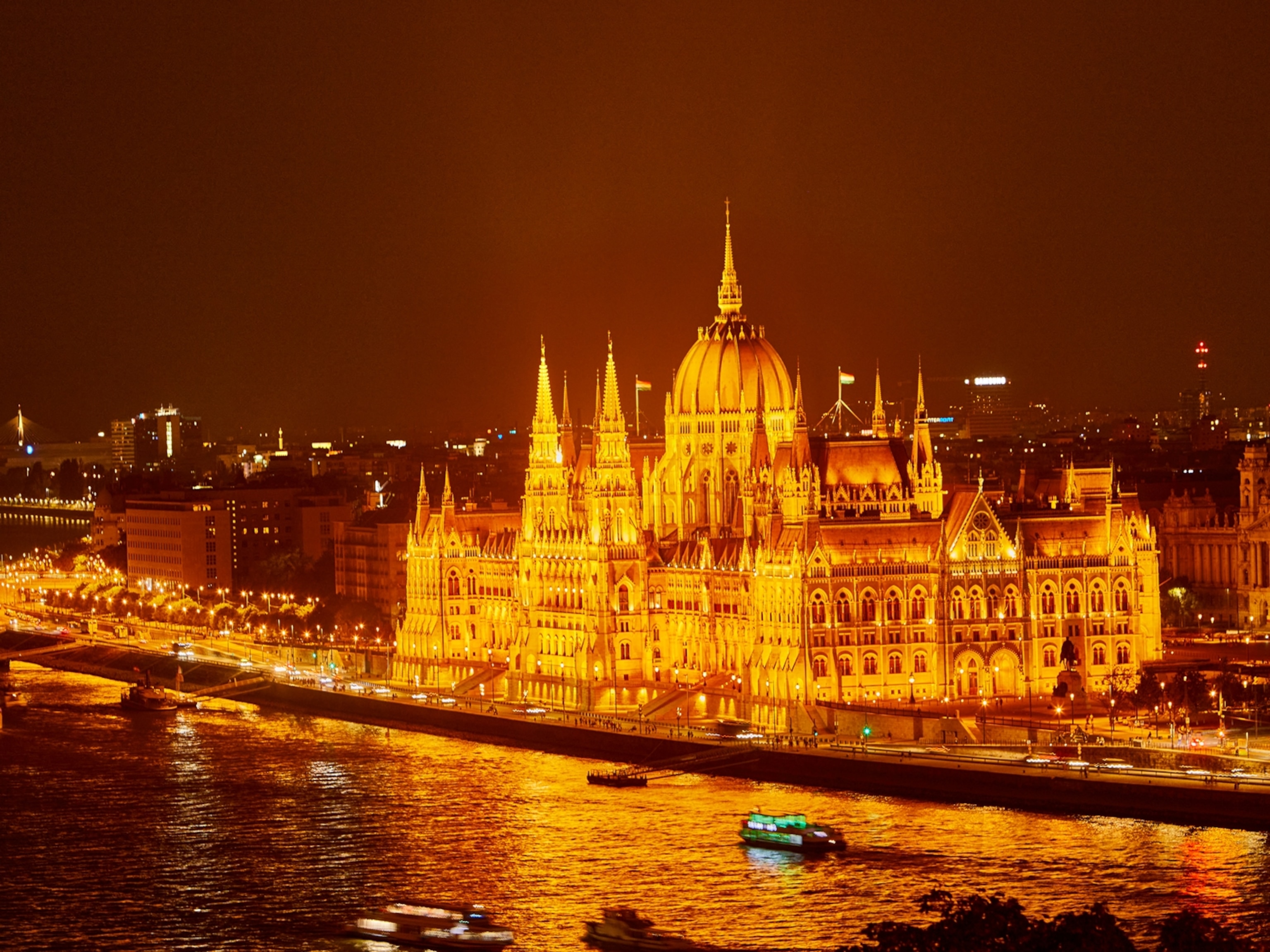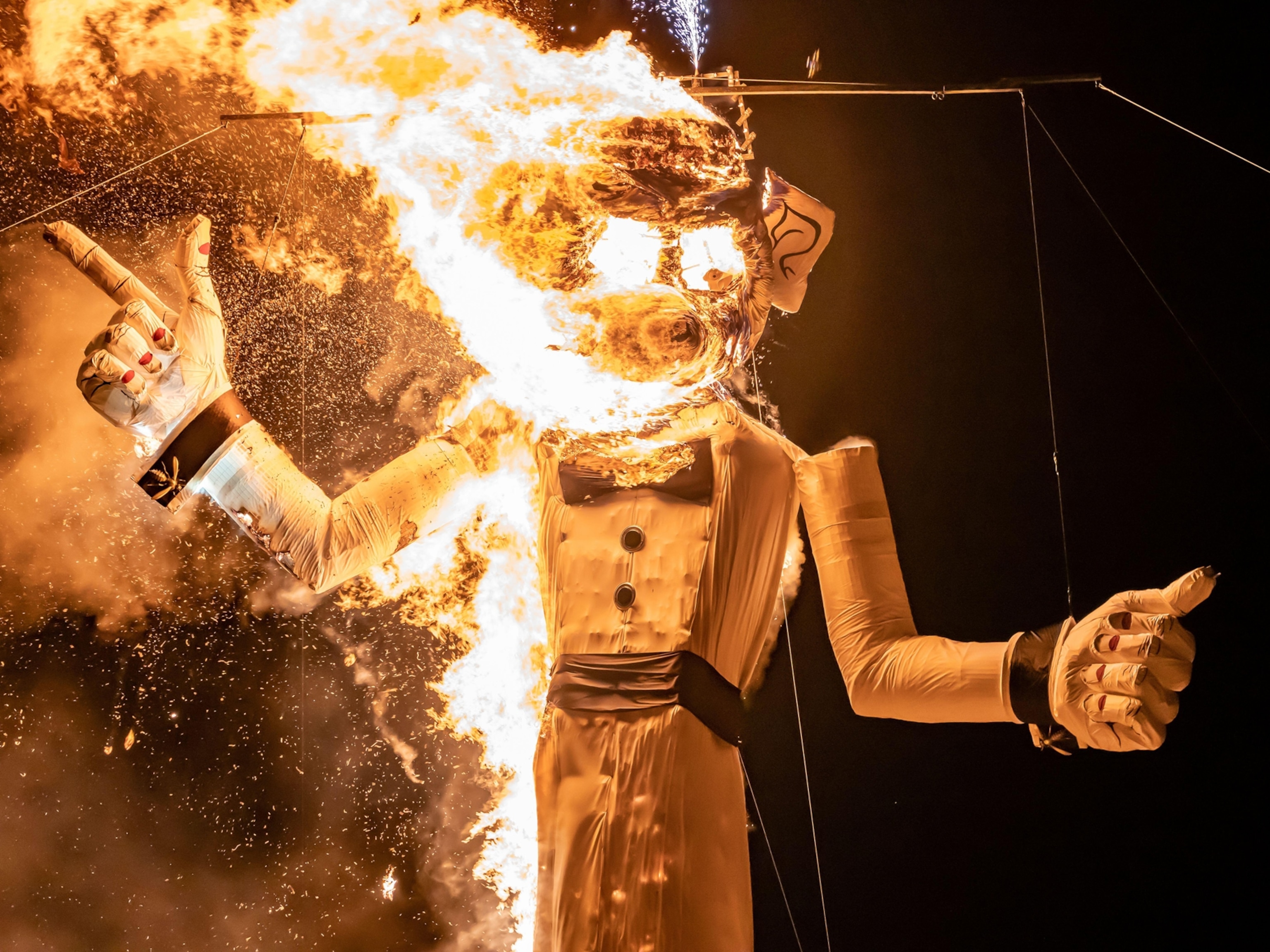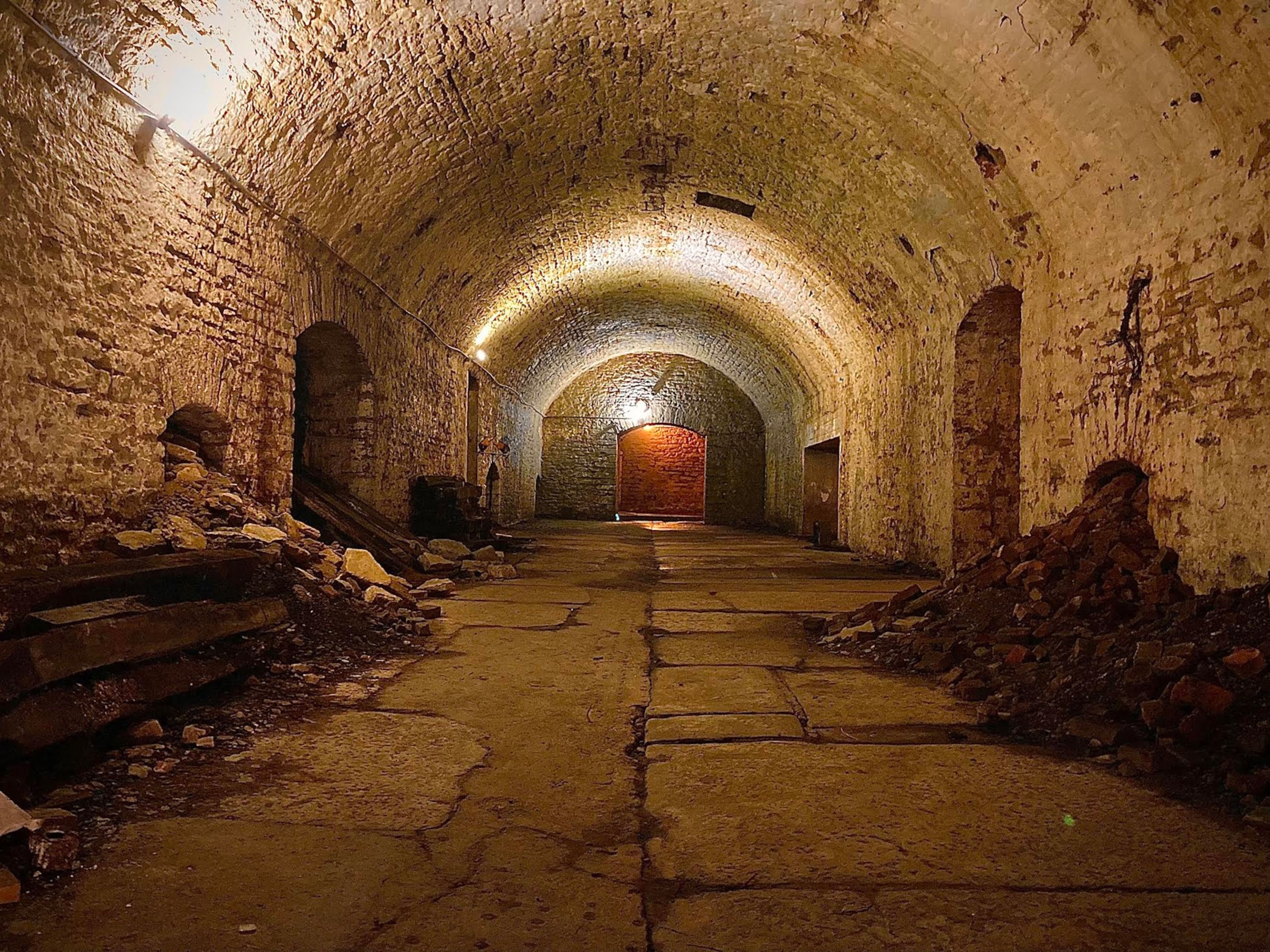
Discover America's Oktoberfest capital: Cincinnati
Uncover the lesser-known past of this Ohio city, including its maze of century-old lager tunnels.
September brings polka, pints, and oversized pretzels to the streets of Cincinnati; however, the city’s beer heritage goes deeper than the hyped Oktoberfest Zinzinnati—the largest Oktoberfest in the country. In fact, Cincinnati’s brewing history runs so deep you’ll have to head underground to appreciate it.
More than a dozen roughly 170-year-old lagering cellars, dug to properly store fermenting lagers, form Cincinnati’s expansive brewing underworld. The majority lie beneath the city’s Over-the-Rhine (OTR) historic district, a German culture hub lined with impressively ornate Italianate and Greek Revival architecture.
Accessing the buried beer caverns is like urban spelunking meets history class––tight staircases and tunnels lead to musty, once-forgotten lagering chambers that played a vital role in the city’s past and present.
German heritage runs deep in Cincinnati
English and Scottish settlers were the first to bring beer, particularly their prized ales, to the forefront in Cincinnati. In the 1830s, a wave of German immigrants introduced a fresh take on brewing. They flocked to OTR, which became like a Little Germany, then put their homeland’s beer-making savvy to good use.
By the mid-1800s, brewing became one of the city’s biggest industries, employing tens of thousands of workers across the entire beer-making process, from hops dealers to a bevy of saloons and breweries. This time period also saw a new-to-Cincinnati style of beer—lager—rise to fame. The only caveat: making it required hand-carving below-brewery caves.
“Lager means to store,” says local beer historian and author of “Cincinnati Beer,” Michael Morgan, noting that the specific yeast strain and a longer fermentation and storing process are the core elements that make a beer a lager. “They would age a lager for six to nine months, which is why we had those cellars—and a lot of them. If you’re a big brewery making 500,000 barrels a year, and you’re aging that beer for six months, you need a massive amount of space.”
Inspired by the brewery caverns back in Germany (some travelers can now visit), the subterranean dwellings in Cincinnati were massive—sometimes hundreds to thousands of square feet, and stuffed floor to vaulted-stone ceiling with fermenting tanks. “The deepest ones we’ve found go about 40 feet deep, so four stories,” says Morgan.
(Uncover the mystery behind why Oktoberfest is celebrated in September.)
The history of Cincinnati’s brewing underworld
By the late 1800s, artificial refrigeration made lagering cellars virtually obsolete. Prohibition and anti-German sentiment following World War I also pushed many workers out of OTR. The district changed rapidly in the decades that followed. It became one of the most neglected areas in Cincinnati, and was named among America’s most dangerous districts by 2009. While most cities with German brewing districts destroyed their cellars for new constructions, “no one even bothered to come in and demolish everything [in OTR],” says Morgan. Instead, many were sealed up and forgotten.
In the past two decades, OTR has welcomed a brewing resurgence, including the formation of the OTR Brewery District, which Cincinnatians spearheaded to restore and bring economic opportunity back to the area. In 2006, local beer experts led the first below-ground tours into the handful of known lagering cellars to fundraise for neighborhood improvements. Then, they embarked on a treasure hunt for more sealed-off lagering caverns; architectural blueprints, literature, and old-news mentions—and sledgehammers to unseal these dwellings—aided their efforts.
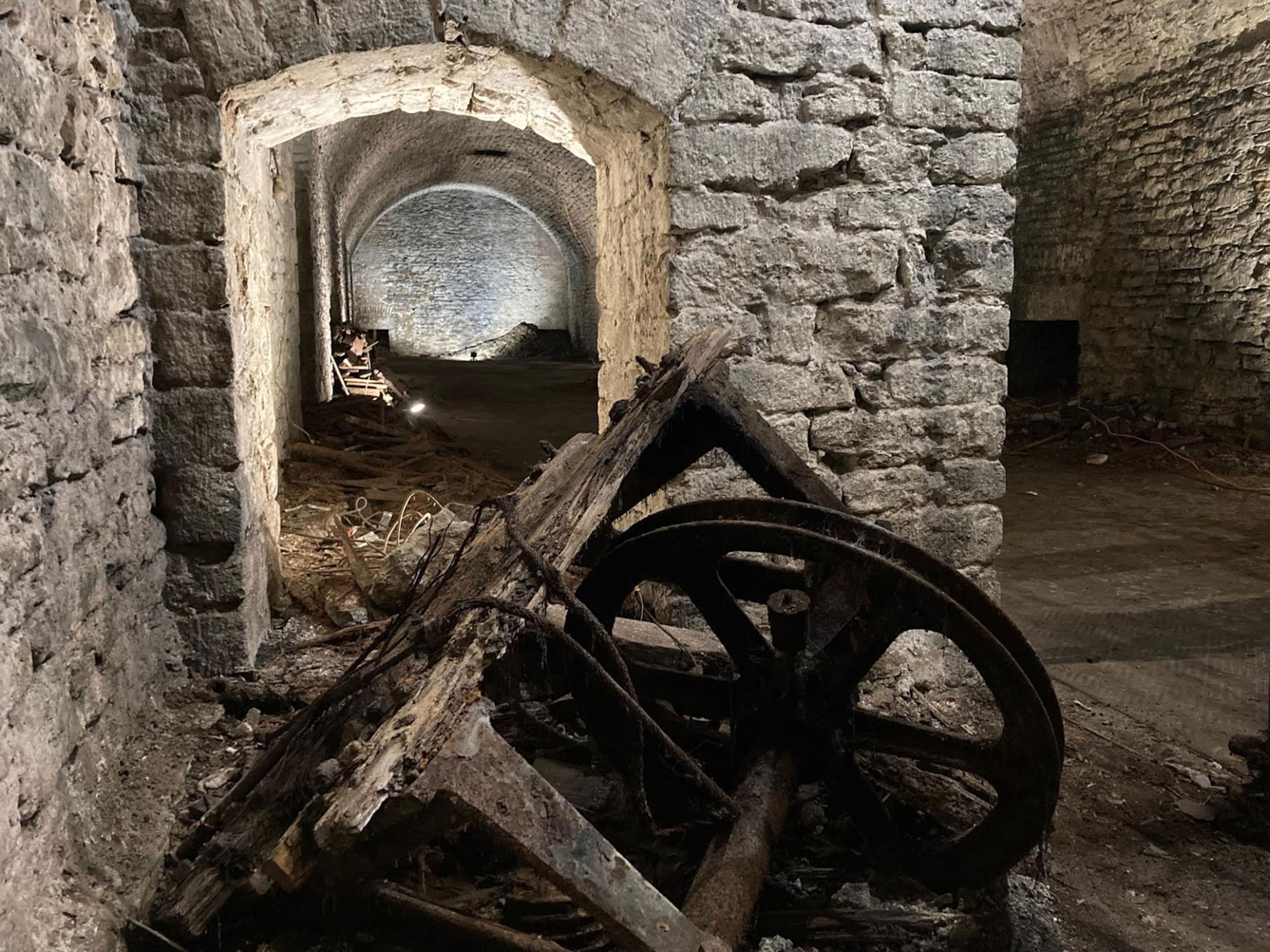
Today, Cincinnati has more than a dozen known lagering cellars, says Aaron Deininger, director of Cincinnati’s nonprofit Brewing Heritage Trail, a project of the Brewery District. He expects dozens more are still waiting to be found.
The Brewing Heritage Trail and outfitter American Legacy Tours regularly lead visitors down creaky stairs, through tunnels, and into Cincinnati’s underworld, where guides share stories of OTR’s brewing history. Tours during Oktoberfest weekend, from September 19 to 22, 2024, may also come with the backstory of the city’s world-renowned event.
(See our list of some of the best places to eat in Cincinnati.)
Experience Oktoberfest, the underground cellars, and more
The cellars may be a remnant of the city’s German past, but Oktoberfest Zinzinnati, launched in 1976, is a product of its present. “In the 19th century and early 1900s, there was a lot of ethnic pride with German societies and events all over the place—then you go through the trifecta of World War I, Prohibition, and World War II post-Hitler,” says Morgan. “You went through a long period of time where it was offensive to talk about German heritage.”
In the mid-1900s, these cultural societies rebounded. The country’s first Oktoberfest debuted in La Crosse, Wisconsin, another city with German roots. Destinations across the U.S. welcomed these buzzing events in the years that followed, but none top Cincinnati’s annual September festival, which now attracts between 700,000 to 800,000 attendees annually, making it the largest in the U.S., and among the biggest outside of Munich.

While Oktoberfest and the OTR Brewery District are not affiliated, visitors can experience both odes to beer with festival-timed excursions like American Legacy Tours’ Hidden Caverns trip or the Brewing Heritage Trail’s Over & Under the Rhine Tour, which stops at the subterranean fermenting cellars for the Lafayette and Gerke Breweries.
Another can’t-miss cellar stop open to the public, and perfect for spooky season is Ghost Baby, a swanky, subterranean bar that’s set in the former Noll Brewery lagering cavern and features live music, cocktails, and rumors of a spine-tingling paranormal past.
(Consider adding these 10 Oktoberfest celebrations to your fall travel plans.)
